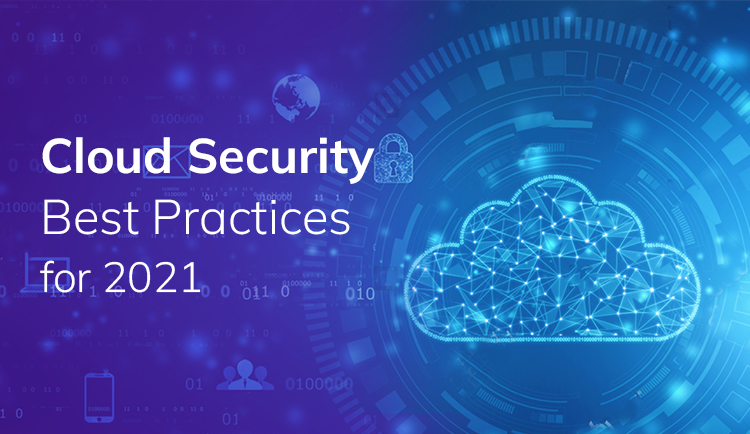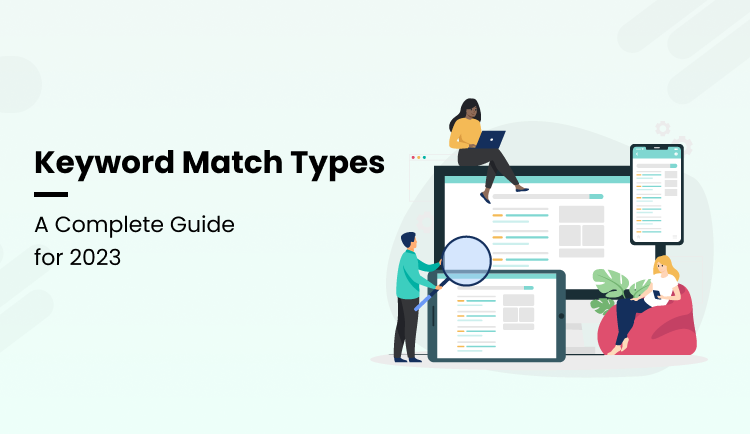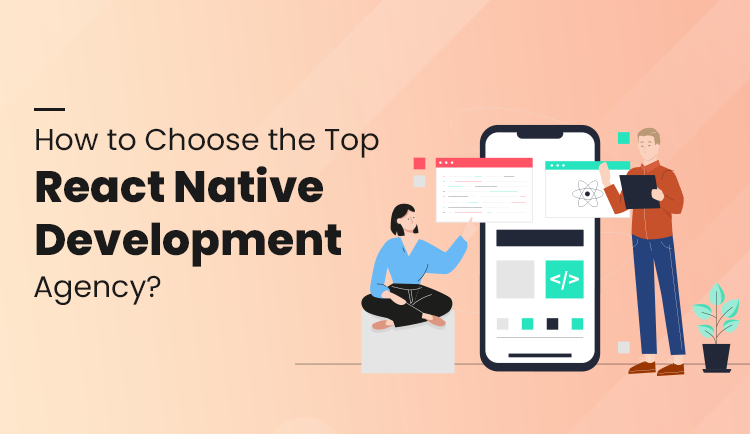
10 Cloud Security Best Practices for 2021
Introduction
Cloud security encompasses all of the technology and processes that guarantee a company’s cloud infrastructure is secure from both internal and external cyber security threats. Private cloud systems should follow private cloud security best practices, as well as traditional network security measures for the local data center.
As more businesses turn to the cloud as the future of business, cloud security is critical to ensuring continuity. Cloud security ensures that the lights stay on, allowing organizations to focus on driving development for the cloud data security best practices.
However, using any cloud service comes with the problems and risks of cloud data security. The cloud client is always responsible for the security of data generated in the cloud, sent to the cloud, and retrieved from the cloud.
We’ve established a basic set of the cloud data security best practices that may guide companies toward a safe cloud and handle cloud security concerns in the stages below.
10 Cloud Security Best Practices
Other security tools can help organizations improve their security while implementing a cloud solution. An intrusion detection and prevention system is an excellent example.
In this case, the system can keep an eye on the cloud and network for the cloud data security and symptoms of infiltration and block illegal access.
Endpoint security is another example, ensuring that strict security standards are correctly extended to devices such as laptops and mobile phones.
Security issues, according to experts, should not stop businesses from using public cloud services in most cases. Companies frequently have fewer security issues with cloud-based workloads than with traditional data center workloads.
If our list of cloud data security best practices tells us anything, it’s that having the right technology in place is essential for excellent cloud security. Businesses may avoid dangers and maximize the benefits of cloud data security best practices by following cloud security best practices and using appropriate security technology.
1. Deploy an identity and access management solution
According to the cloud data security best practices for Cloud Passage’s research, illegal access is the fourth largest danger to public cloud security. While hackers’ ways of obtaining sensitive data get more sophisticated, a high-quality identity and access management system may help reduce these dangers.
Experts advise businesses to seek an IAM solution that allows them to establish and enforce access restrictions based on the principle of least privilege. These regulations should also be based on authorization capabilities depending on roles.
This can simplify authentication for end-users and make it easier for security personnel to enforce consistent standards.
2. Understand how your data is accessed and stored
According to the McAfee 2019 Cloud Adoption and Risk Report, sensitive data components are included in 21% of all cloud files. It is important to audit your cloud services and understand what data they manage.
The majority of the cloud data security best practices data will most likely reside in well-established cloud services or those with which your business is familiar, but no one cloud service can ensure that your data is completely protected from danger.
As a result, in any cloud environment, it is critical to examine the permissions associated with your data on a frequent basis. You may discover that certain sensitive material must be quarantined or deleted entirely.
3. Endpoint security should be implemented
Using a certain cloud provider’s services or apps does not negate the requirement for strong endpoint security for the cloud data security best practices. Endpoint protection refers to the security of end-user devices such as laptops, desktop computers, and mobile devices.
This is due to the fact that they serve as access points to all cloud processes, which malicious actors can attack at any time. Endpoint security improves a company’s ability to avoid hazardous actions that might serve as entry points.
Endpoint security must be robust so that the devices do not present hackers with easy targets for stealing or manipulating data. Hence using VPNs while accessing cloud accounts over a public Wi-Fi network is one example.
4. Choose your cloud suppliers with care
To attract more clients, all cloud service providers make every effort to implement cloud security standards. Some suppliers may even provide greater security than in-house personnel. However, some may claim to have the finest protection as a marketing ploy when, in reality, they have inadequate security measures for the cloud data security best practices.
Organizations may use a variety of variables to analyze the security capabilities of cloud providers in order to select the most secure cloud providers. A firm should obtain compliance certificates from cloud service providers to guarantee they are completely compliant. Certification indicates that the providers have met all of the requirements of a compliance audit.
5. Keep an eye on and prevent
As previously said, when it comes to cloud security, customers and cloud service providers play distinct responsibilities. They are also responsible for monitoring and responding to suspected cloud security issues for the cloud data security best practices.
Cloud suppliers keep an eye on the security of the infrastructures they employ to deliver services to cloud customers. By relying on monitoring data, a firm may put in place safeguards to detect instances of illegal access.
It is also critical for a business to incorporate extra monitoring that is completely integrated with cloud data security best practices. As a consequence, customers may identify odd events promptly and address them to prevent security breaches.
6. Make use of intrusion detection and prevention technology
Intrusion detection and prevention systems (IDPS) are among the most effective cloud security technologies available. They monitor, analyze, and respond to network traffic on-premises and in the public cloud for the cloud data security best practices.
When IDPS solutions face signature-based, protocol-based, and block the threats so administrators have ample time to take action. These technologies are essential for 24-hour monitoring and real-time notifications. Without IDPS, analyzing network data for telltale indicators of a sophisticated assault is almost difficult.
7. Check your compliance requirements again
When it comes to consumer privacy and data security, organizations that collect personally identifiable information, such as those in retail, healthcare, and financial services, are subject to stringent rules.
Some organizations in specific geographic areas, or those that keep data in specific regions, may be subject to additional compliance obligations imposed by municipal or state governments for the cloud data security best practices.
Before launching a new cloud computing service, businesses should evaluate their specific compliance requirements and ensure that their service provider will fulfill their data security standards.
8. Keep a secure list
The majority of workers in a business utilize cloud services to achieve the company’s goals and objectives. However, a few employees frequently utilize organizational clouds to their advantage. Using cloud services for questionable services exposes a firm to the risk of cloud security being hacked or facing legal wrangling owing to the cloud data security best practices compliance concerns.
In any event, creating a safe list allows a company to designate which data each employee has access to. It also guarantees that an employee knows the data that may be handled via the cloud. Creating such awareness results in inefficient data management since all users are aware of the data they can access or share via cloud platforms.
9. Compliance with regulations improves security
A cloud consumer is responsible for ensuring complete compliance with information security standards. Although many firms follow compliance laws to avoid fines for non-compliance, the security procedures specified by various standards improve security.
As cloud services expand, so do the problems and hazards associated with their use. Always remain up to speed on cloud provider security feature upgrades so that you can adapt your policies properly. To stay up, security companies will modify their threat intelligence and machine learning algorithms.
Several important technologies may be utilized to complete each step in the stages and best practices listed above, typically in conjunction with the inherent security capabilities of cloud providers.
More significantly, businesses must realize that compliance laws for cloud providers differ from those for consumers. By automating compliance activities, a cloud consumer ensures that all rules are followed and that all security elements are covered. Various firms create automated compliance software systems to satisfy the demands of all organizations.
10. Audits and penetration testing should be carried out as follows
Whether a company chooses to engage with an outside security firm or keep security teams in-house, experts recommend that all organizations do penetration testing to determine whether existing cloud security measures are enough to protect data and apps.
Furthermore, businesses should conduct regular security audits that include a review of all security providers’ capabilities for the cloud data security best practices. This should show that they are complying with the agreed-upon security criteria.
Auditing access logs is also suggested to ensure that only appropriate and authorized workers have access to sensitive data and cloud apps.
Bottom Line
Cloud computing has truly transformed the commercial and technical environments. It is now unheard of for any major business to prefer onsite IT infrastructure to the cloud data security best practices.
Cloud computing is a technology that consists of networked distant servers. Service providers utilize the network to deliver data storage units and computational software packages for data processing and management to cloud customers. Cloud technologies are accessible via an internet connection, allowing users to use them from their jobs or the comfort of their own homes.




